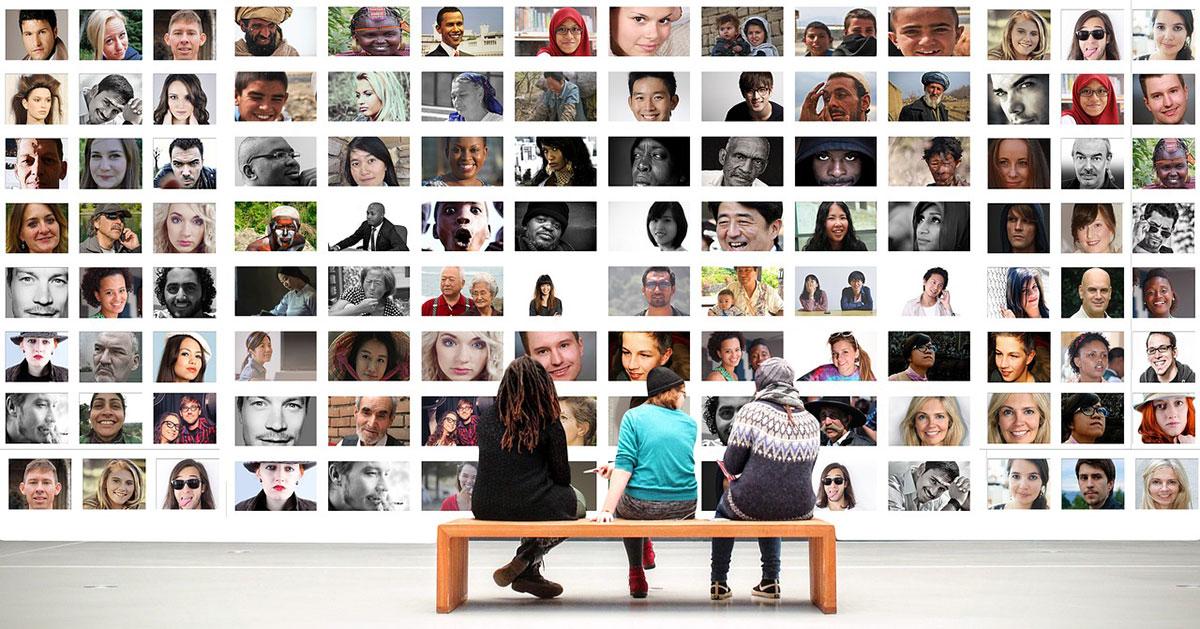As event leaders the challenge is on to ensure that any person attending an event will have the same experience, a sizable challenge, but when has our Industry ever shied away from an opportunity to be the voice.
This means as event designers we must think deeply about the symbiotic relationship between diversity, accessibility and inclusivity in order for all attendees to feel valued, respected and most of all a sense of equality.
Trending now in the events industry is a powerful tsunami forcing a wave of change in the way we design events. For an event to truly be inclusive, event designers need to think beyond diversity in terms of demographic (age, gender) race, ethnicity, religion, culture, sexual orientation and education. They must also consider attendees’ physical abilities as well as any other barriers that may prevent a person from participating or being fully engaged with an event’s activities and content.
To get this right, we need to practice careful forethought and dialogue, and walk-through an entire event design to envision the total guest experience.
Communications
Marketing & promotional materials as well as event registration are the first exposure to events by potential delegates. Enhance inclusion by using all mediums such as word of mouth, social media, email, website, posters, flyers etc.
In all materials, the use of larger, non-italicized fonts and high contrast colors is recommended. Essential event information should not be embedded in an event graphic as graphics cannot be read by a person with visual impairment using a screen reader. Furthermore, any video materials should be captioned. Website accessibility, in other words, holds tremendous value in event planning.
It is also important to consider that many people that are living with disabilities do not always have the financial means to participate in an event. Consider offering scholarships or other financial accommodations so that you can cast a wide net on your attendance and include those that may be living in poverty.
Event Site & Design
Venue size and space needs to consider more than just the look and feel of the event set up in terms of equipment and furnishings. Yes we are being challenged today to come up with new and unique event set ups however, we need to take that one step farther.
Event designers need to envision their events from the experience perspective of an attendee that may be using a mobility assistance device, is accompanied by an assistance dog, has low vision, with an auditory disability or with a chemical sensitivity.
Your event design needs to consider everything from arrival to departure, signage to food selection, gender neutral washrooms to breastfeeding or nursing areas, food allergies and food intolerance to barrier-free mobility and sensory, mental and neurological disorders. The key to getting this right is making these accommodations seamless, meaning without segregation.
For example, do not serve special meal requests so far in advance that guests cannot enjoy their meal with everyone else. They should be integrated into the meal service. With buffet-style services all potential allergens such be avoided and items such as vegetarian, vegan, dairy, gluten nuts, wheat, sugar-free etc. should be clearly labelled so that guests do not need to ask.
Furthermore, the comfortable movement of persons using wheelchairs or other mobility devices as well as persons with guide dogs needs to be liberal. Go beyond just having designated seating! No one should have limited movement.
Event Content & Programming
It is impossible to make everyone happy, but ideally all audience members or delegates feel represented, and their needs considered when they attend an event.
For educational events, a good place to start is to ensure that speakers, panels, and performances represent diverse backgrounds, gender, race and ethnicity, identities and opinions. For some attendees it can be important to have an opportunity to participate in the conversation or have their opinion, feedback or comments heard or considered.
Determine event timing, in terms of evenings, weekends and hours, by taking into consideration whether or not guests are attending for business (sent by their employer) or if attending is on their own time (evenings or weekends). Program length and start times are also crucial when considering working parents (school and/or day-care drop off), or attendees who may have injuries, chronic illnesses or disabilities.
What Is Inclusion?
Inclusion is about a sense of belonging. Inclusion cannot be achieved with an event checklist. It is a mindset. Inclusion can only happen with full partnership with all individuals and groups that need to be included. As thinking and process and even infrastructure play catch up, there may still be some bumps along the way to achieving true synergy between inclusivity, diversity and accessibility but we will get there, one event at a time.







